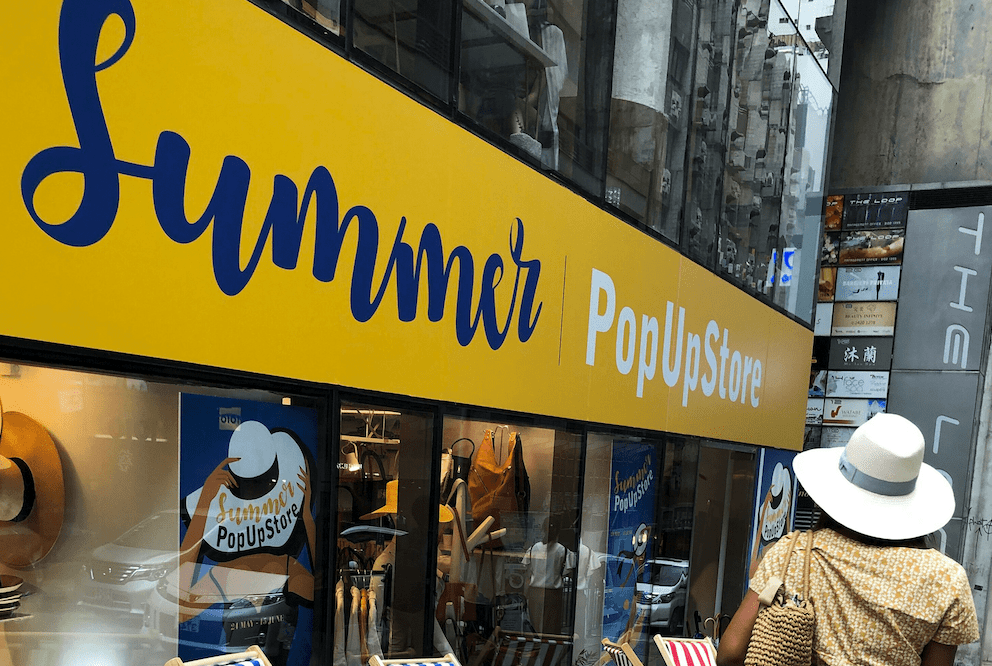
Business Kick-Starter Guides
Easy 6-Step Guide: How to Start a Clothing Pop-Up Shop?
Pop-up stores are becoming really popular in the fashion retail industry. Both big brands and small businesses are joining in...
80+ eCommerce Terms for Dropshipping Beginners
Dropshipping
+1

If you’re planning on starting a dropshipping business, it’s important to stay up to date with the latest terminology and industry jargon.
Whether you're new to dropshipping or looking to expand your eCommerce knowledge, this comprehensive list of over 80 essential eCommerce terms will help you navigate the world of online retail.
So, let's dive in and explore the fascinating world of eCommerce terminology!
A/B Testing, also known as split testing, represents comparing two versions of a web page, ad, email, or other marketing assets to determine which one performs better.
This is a common practice used when trying to increase conversion rates and improve user experience.
Affiliate marketing is a type of marketing strategy where companies partner usually with third-party individuals, such as influencers, to promote their products or services. These then receive payment through commissions.
The process involves affiliates placing links on their websites or apps. If potential customers buy something, often within 30 days of clicking the link, affiliates earn a percentage of the sale as their commission.

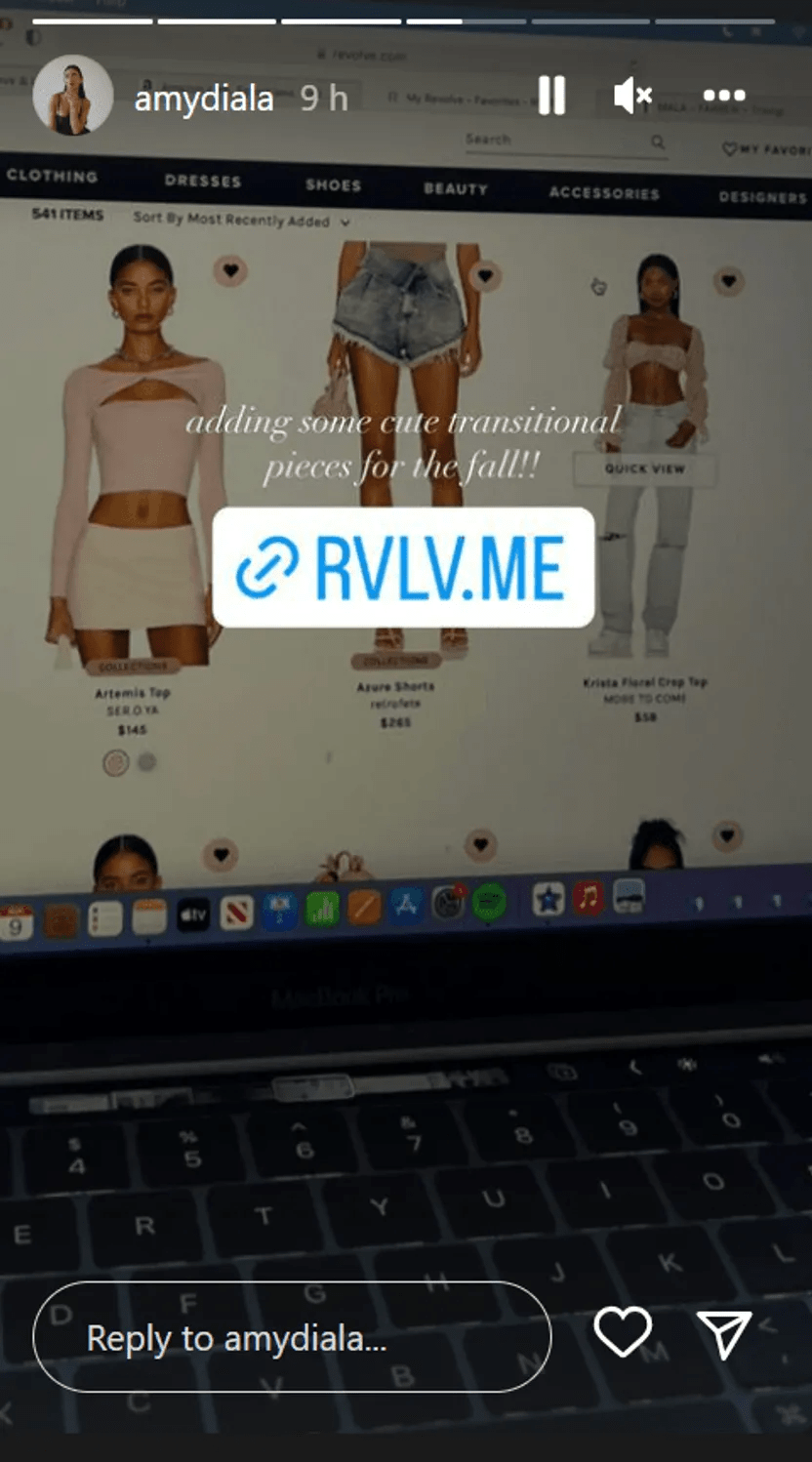
An authority site is a website that is held as reputable and considered a source of reliable information.
Being an authority website in your dropshipping niche can do wonders for your SEO and search engine rankings.
Average order value is a valuable metric that calculates the average amount of money spent by customers on orders over a certain period of time.
Formula: total revenue / number of orders
Average transaction value is another key eCommerce metric that measures the average amount a customer has spent in your store on a single transaction.
Formula: total revenue / number of transactions
A backlink is received when one website links to another.
Backlinks play a great role in improving a site’s ranking in the search engine results. This is because the more high-quality sites link to your site, the bigger your site’s authority, hence the better the ranking.
A blog is a section of a website that offers interactive and informational content.
Check out: Best dropshipping and eCommerce blogs
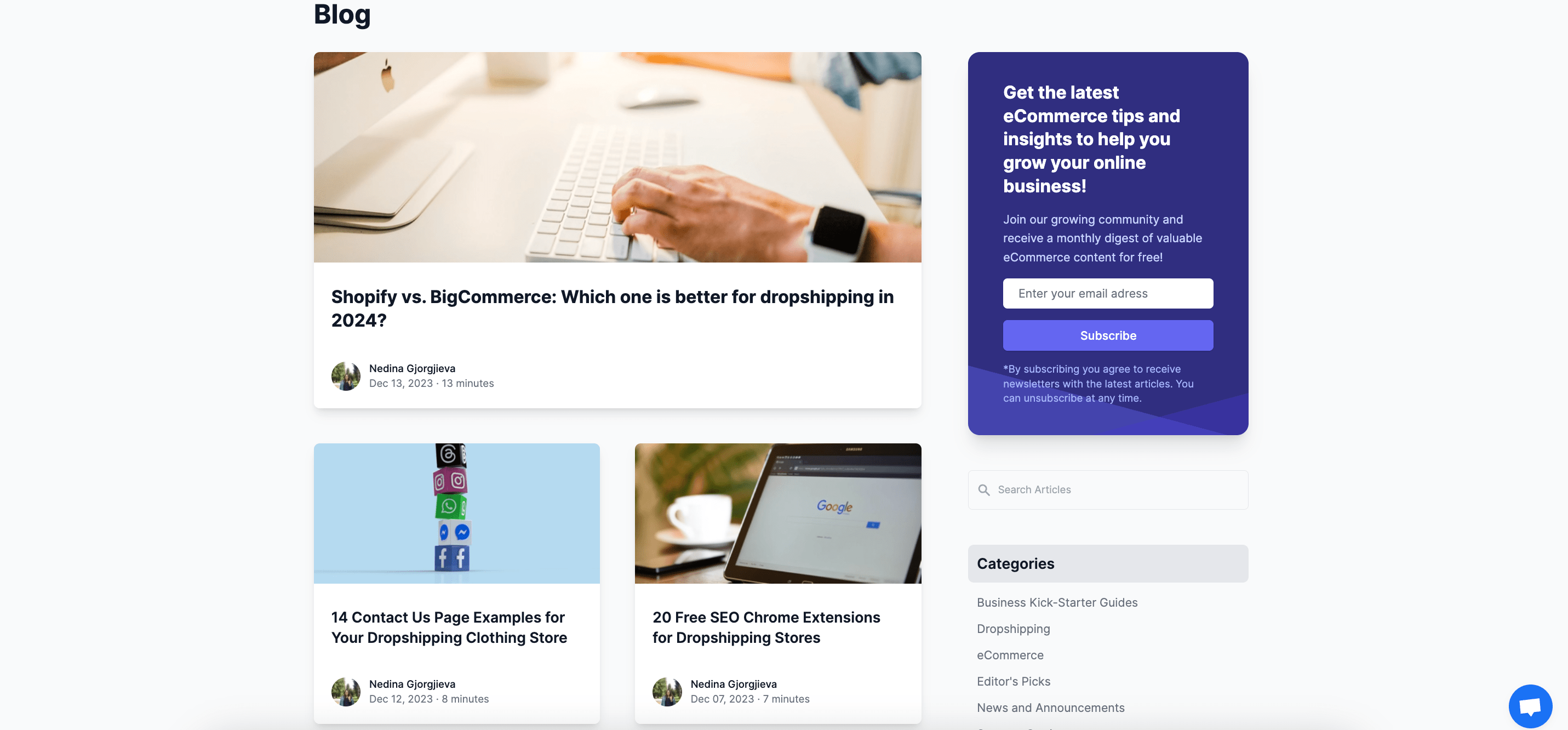
Brick-and-click refers to a business that follows an omnichannel selling approach, running both a physical and an online store, offering customers a flexible shopping experience.
Brick-and-mortar refers to traditional businesses that operate from physical stores.
B2B, or business-to-business, is a type of business model where a company sells products or services to another company. An example could be a wholesale supplier and a retail store.
B2C, or business-to-consumer, describes the process of companies selling products directly to end-consumers.
Check out: What is B2B2C eCommerce?
The bounce rate represents the percentage of visitors who leave your website after viewing a single page.
A buyer persona is a fictional representation of your ideal customer that businesses create based on the demographics, interests, shopping behaviors, and pain points they imagine their desired audience would have.
A call-to-action is a concise line of copy that has the goal of encouraging customers to take a certain type of action, in most cases, to make a purchase, sign up for an account, subscribe to a service, or download a file.
Common examples include ‘Register Now,’ ‘Sign Up Here,’ ‘Buy Now,’ ‘Learn More.’
Cart abandonment happens when a customer starts the checkout process but doesn’t go through with the transaction, which results in abandoning their online shopping cart.
A chargeback occurs when a buyer purchases an item from your business and later requests their card issuer to reverse the transaction.
The checkout process includes all steps taken by customers to complete their purchases.
This typically involves entering shipping and billing information, selecting a payment method, and reviewing the order before finalizing the transaction.
Check out: Best dropshipping payment gateways

Click-and-collect is a hybrid eCommerce model where customers buy products online and then collect them from a physical store.
Click-through rate is a metric eCommerce owners use to measure the success of their online ads.
The CTR lets you know how many people have clicked on your ads from the number of people who have viewed them.
Formula: clicks / impressions x 100
Conversion rate signifies the percentage of visitors who complete a desired action on your website, such as making a purchase or signing up for an account.
Formula: number of conversions / total visitors x 100
Cost-per-click is another ad metric that informs you about the amount of money you need to pay when someone clicks on one of your ads.
Formula: ad cost / number of clicks
Check out: Best Facebook ad metrics
Cross-selling is the practice of offering complementary or related products to those your customers are purchasing.
By suggesting items that complement their initial purchase, you can encourage repeated purchases.
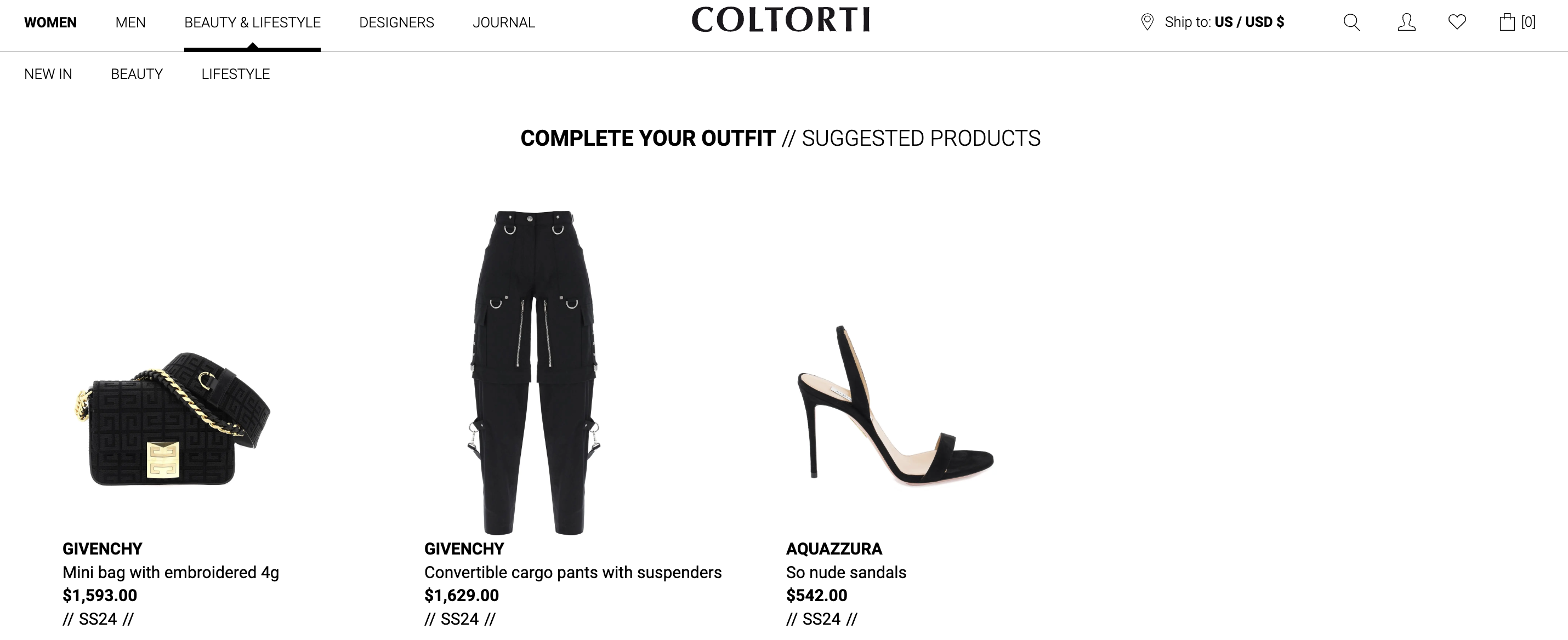
Customer acquisition cost measures the effectiveness of your paid marketing campaigns by calculating the total amount of money you spend on advertising to convert a new visitor into a paying customer.
Formula: total number of sales + marketing costs / number of new customers
The customer lifetime value determines the total amount of profit you earn from a customer. Essentially, the metric shows you which customers bring the most value to your business.
Formula: (average purchase value x average purchase frequency) x average customer lifespan
Customer relationship management (CRM) includes different practices used by businesses to manage and improve their relationships with current and potential customers.
It involves strategies like tracking customer behavior, personalizing interactions, and automating different marketing operations.
Customer retention refers to the ability to retain existing customers through various strategies such as offering incentives, providing great customer support, and building programs.
Data protection indicates measures and practices aimed at safeguarding customer data from unauthorized access or use.
Digital marketing refers to all types of advertising methods that take place online. These include promoting products and services via online ads, email marketing, and social media, to name a few.
A domain name is a unique address on the internet that allows people to visit a certain website, such as ‘www.example.com.’
Dropshipping is a business model where the retailer does not keep an inventory nor does it ship the products. Instead, when a store sells a product, it purchases the item from a dropshipping supplier that ships the product directly to the customer.
eCommerce is the practice of buying and selling goods and services strictly online.
eCommerce platforms are software applications that allow businesses to create and run online stores.
These platforms provide a wide range of features and tools to help businesses effectively sell their products or services online. Examples of such platforms include Shopify, WooCommerce, BigCommerce, Wix, and Shift4Shop.
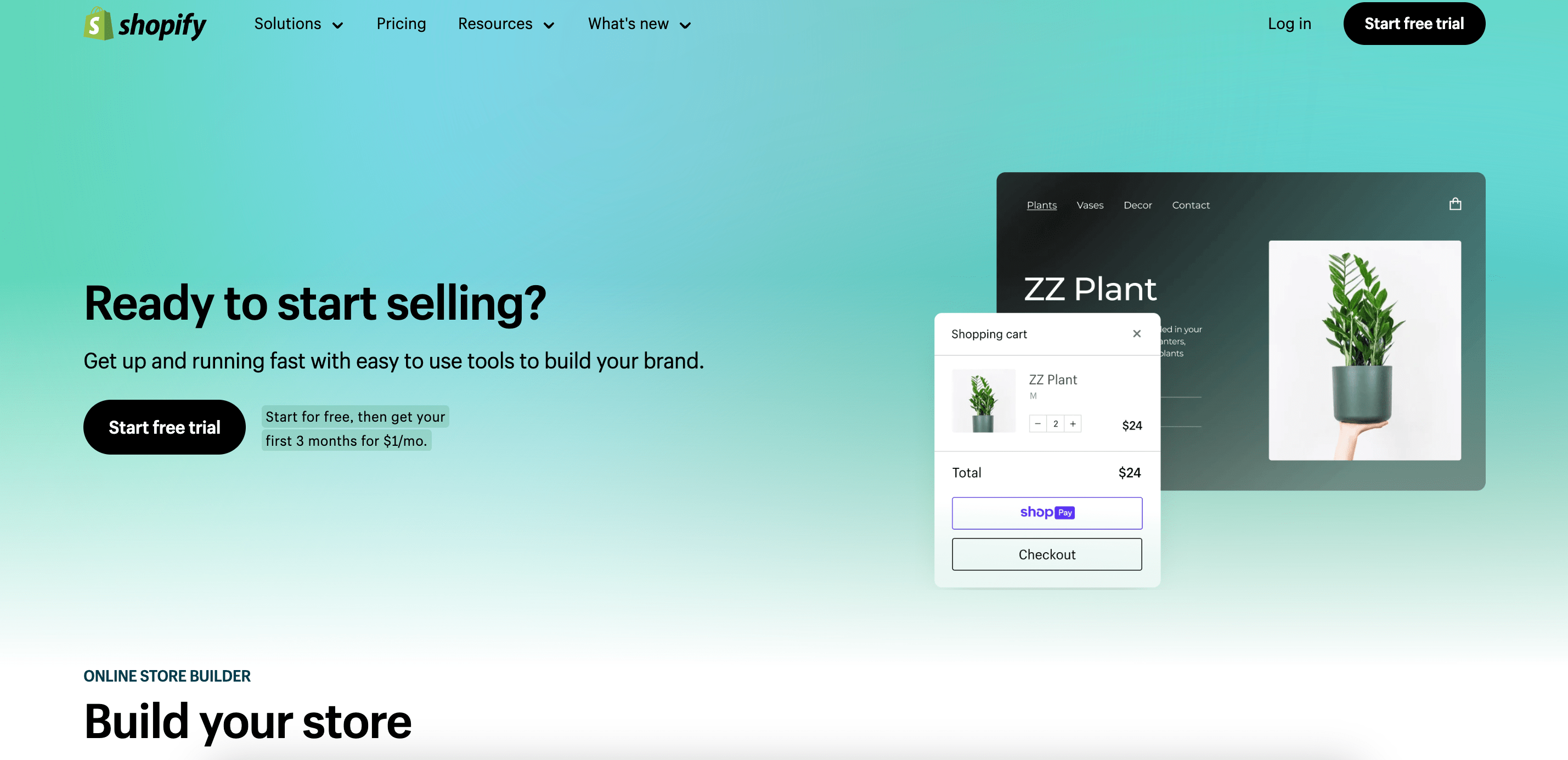
Email marketing is a form of digital marketing used to send your customers emails that may contain content of a promotional or educational nature such as sales announcements, product news, discounts, newsletters, and others.
Encryption is a way to keep information safe by converting it into a code and it ensures that only authorized people can understand it.
In eCommerce, encryption is crucial for securing data transfers, especially those involving personal customer information and payment details.
Event-triggered emails are messages that are automatically sent to visitors of your website when they’ve taken a certain action such as signing up for an account, making a purchase, or abandoning a shopping cart.
Frequently asked questions (FAQ) is a section that can be found on eCommerce websites that addresses common questions and concerns that customers might have.
Google Ads is an online advertising platform developed by Google that allows you to run ads on Google Search and other places part of the Google Display Network such as YouTube.
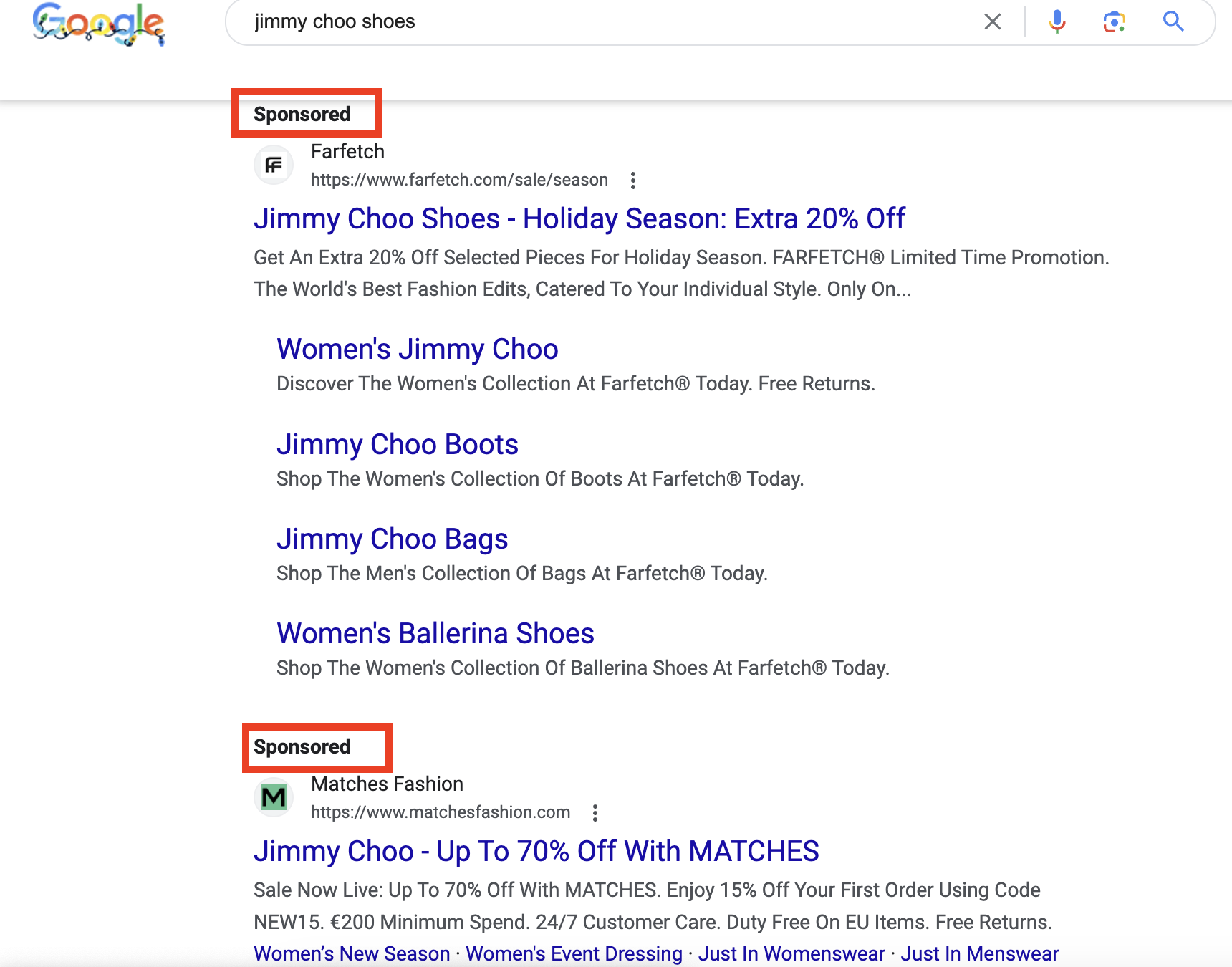
Google Analytics is a robust web analysis tool that provides website owners with the necessary analytics tools to monitor their website traffic.
It offers information about how visitors engage with your site, what are their demographics and browsing habits, the top pages they’ve opened, and many more.
Google Shopping is a free Google service that allows internet users to search and shop for products from different sellers.
As a dropshipping business owner, listing your products on Google Shopping can help you increase your store’s visibility and sales opportunities.
Check out: How to create Google Shopping ads?

HTML is the standard language used to create a webpage. In simple terms, HTML builds the basic structure of a website by allowing you to display headings, paragraphs, images, links, and more.
HTTPS or Hypertext Transfer Protocol Secure is a secure version of HTTP, the protocol over which data is sent between a user’s browser and the website they’re connected to.
It ensures that all communication between the browser and the website is encrypted and secure, safeguarding sensitive information such as login credentials, payment details, and personal data from being intercepted or tampered with by malicious actors.
A heatmap is a visual representation of data that shows visitors’ behavior on your website. For instance, it can display where they’ve clicked, scrolled, or moved their mouse around.
An internal link is a hyperlink that links from one page of your website to another. Internal links are an important part of SEO as they help search engines in crawling and indexing your pages.
Inventory synchronization ensures that your stock levels are accurately displayed in real-time across all of your selling platforms.
Maintaining inventory sync is a crucial task as it allows you to prevent selling products that might be out of stock.
Check out: What are automatic inventory updates?
A keyword can be a single word or a longer phrase that people type into search engines when looking for content on a specific topic.
Keywords are essential for your SEO because they can bring your website organic visitors. The higher your store ranks for your targeted keywords the bigger the chances of internet users to click on your website.
KPIs, short for key performance indicators, are important metrics that reflect a business’s performance over an extended period of time.
In other words, KPIs track and monitor business goals in different areas such as sales, marketing, or customer support.
A landing page is a single web page specifically designed to convert visitors into leads or sales.
Most of the time, customers land on such a page by clicking on an ad, email, or a link that leads them to a page of a promotional nature.

Live chat support involves providing real-time assistance to customers through instant messaging.
Lead generation can be defined as the process of attracting potential customers and fostering a relationship with them with the goal of getting them to make a purchase.
Lookalike audience is a term used mostly in paid ads, such as Facebook ads and Instagram ads, where the term refers to an audience that is likely to be interested in your products because they display similar features to your target audience.
Link building is the process of acquiring links from other websites. This helps boost your SEO and drive more organic traffic to your site.
A margin is a critical metric that determines the profitability of your dropshipping business. It represents the difference between the cost of goods sold and the selling price.
A markup calculates how much to raise the prices of your products to set the final selling price.
mCommerce refers to purchases of products and services that are made via mobile devices and apps.
A meta description is a concise summary of a webpage’s content displayed below its title in search engine results, providing readers with an overview of the page’s topic.
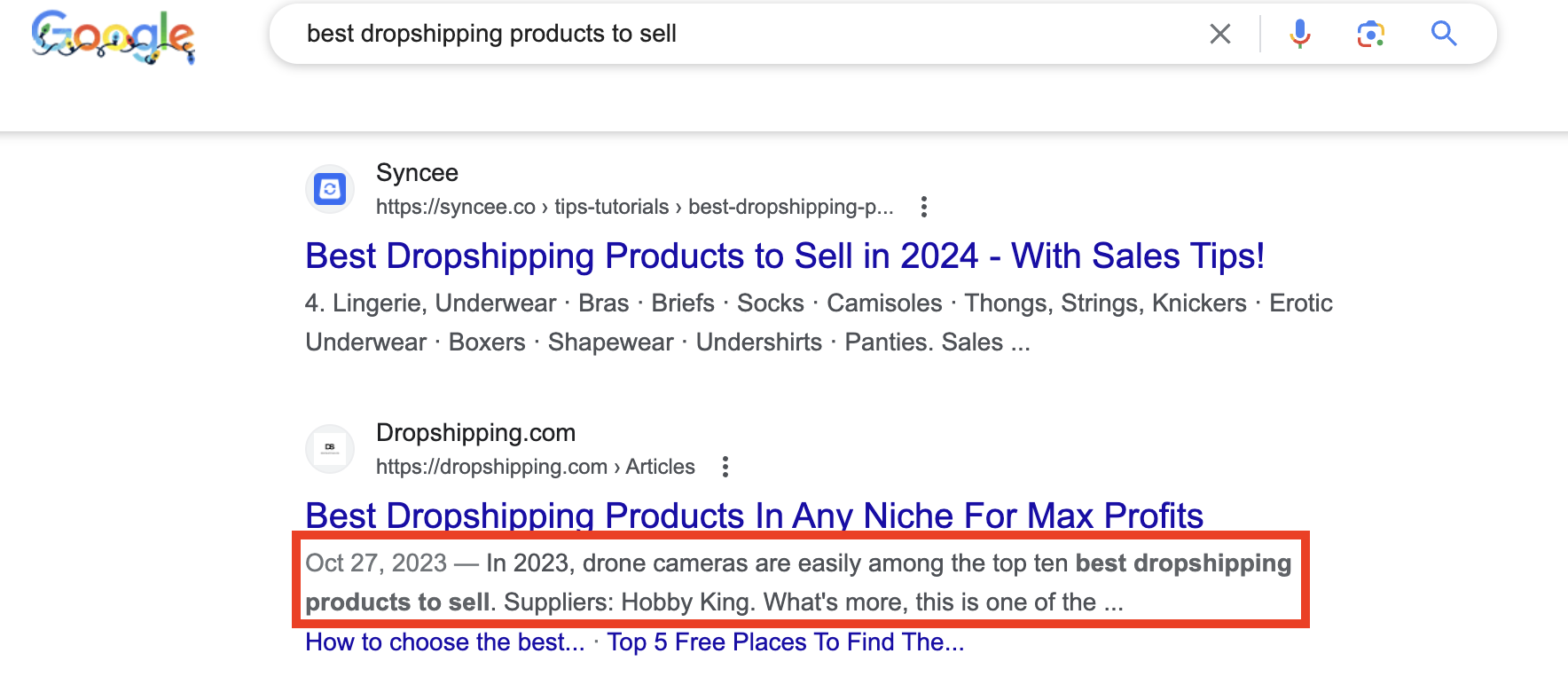
A niche is a specialized market segment focused on providing specific kinds of products or services.
For example, the fashion market has many niches including luxury fashion, activewear, swimwear, print-on-demand, etc.
Omnichannel is a term that refers to a multichannel sales approach.
In other words, an omnichannel business allows customers to shop from different sales channels including both website and physical store.
Organic traffic refers to visitors who land on your website through unpaid, or organic, search results – for instance, through search engines or social media.
Order fulfillment refers to the process of receiving, processing, and delivering customer orders.
This includes tasks such as picking and packing products, arranging delivery, and providing customers with order updates and tracking information.
Check out: What is automatic order placement?
A payment gateway authorizes online payments and securely transfers funds between buyers and sellers.
Pay-per-click is a paid advertising method in which advertisers pay a fee only when their ads receive a click.
A privacy policy outlines how you collect, use, and store customer data, ensuring transparency and compliance with privacy regulations.
A perfect example is the data privacy policy that is required to be implemented by all eCommerce businesses.
Product listing refers to the catalog of available products in your online store. It includes detailed information about each product, such as the title, description, price, and images.
Product sourcing represents the process of finding reliable suppliers that can offer good products.
Return on Investment is a metric that measures how profitable a certain investment is. ROI is commonly used to measure the success of a paid ad campaign.
Retargeting is a digital advertising method that involves sending ads to the same website visitors who previously might have not taken the specific action you had in mind, such as creating an account or making a purchase.
SEO is a practice that involves optimizing your dropshipping store to rank higher in search engine results.
Some SEO strategies include keyword research, link building, content writing, meta description, and title tag optimization.
Check out: Best SEO practices for your Shopify store
SERP results are the pages displayed by search engines in response to a user’s query.
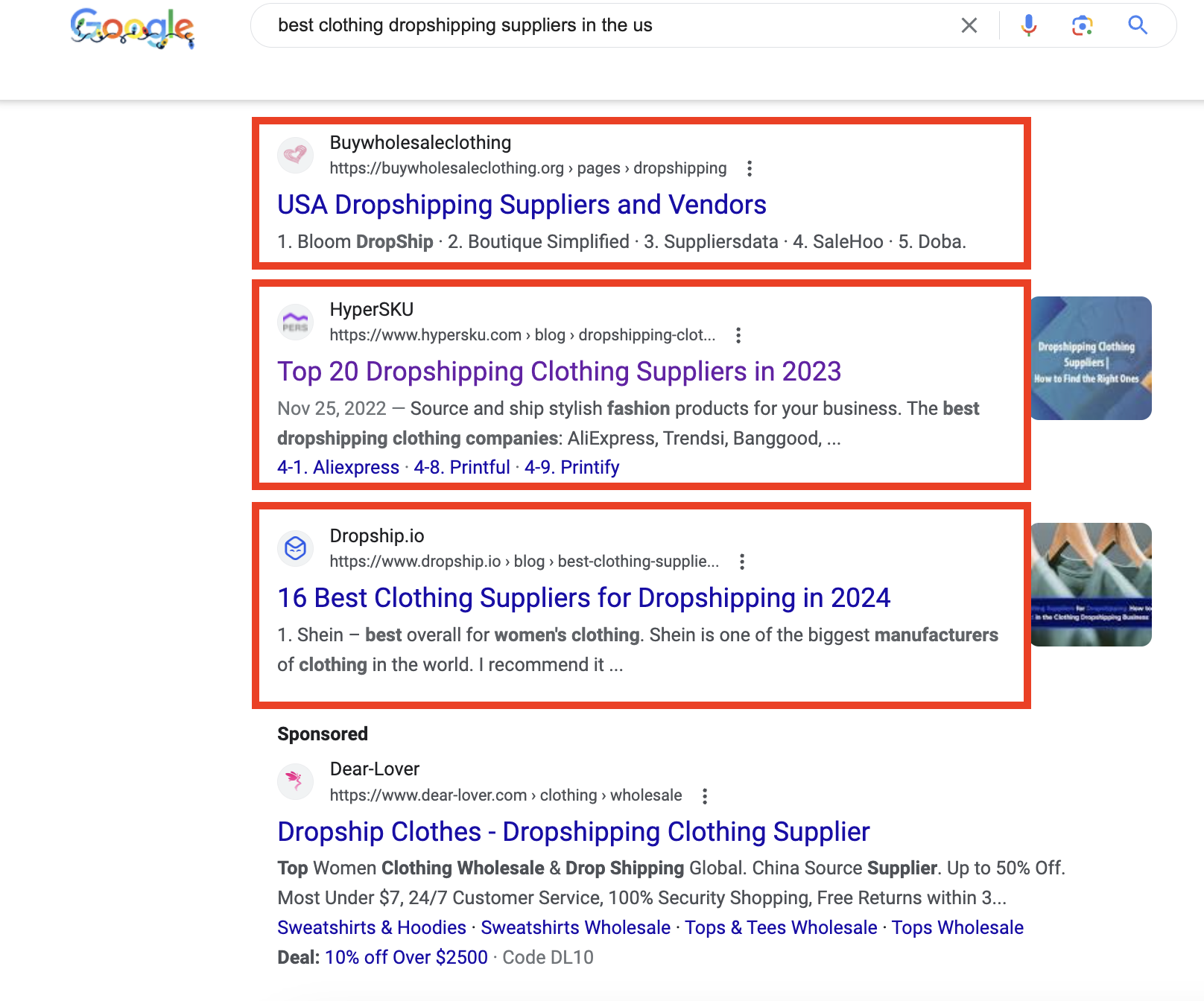
A shopping cart is a virtual storage for selected products before the customer proceeds to checkout.
It allows customers to easily add and remove items, review their selections, and proceed with the purchase.
Social proof is a concept based on the idea that current customers can influence the buying decisions of future customers through reviews, testimonials, social media shares, or word-of-mouth marketing.
Target audience refers to the group of customers you are trying to reach and sell your products to.
A tracking number is a unique identifier that allows you and your customers to monitor the progress of a shipment from the moment it leaves your store until it reaches its destination.
A transaction refers to the process of exchanging goods or services between a buyer and a seller that is completed with a payment.
Terms of service establish the terms and conditions under which customers use your website or purchase your products, protecting your rights and providing clarity to customers.
A turnkey solution is a product or service that is sold as a complete package and is ready for immediate use, such as LemonDev.
It typically includes everything needed to start an online business, such as website design, hosting, and sometimes inventory and logistics setup.

Upselling is a sales technique that involves offering a higher-priced product or service to a customer with the intention of increasing their overall purchase value.
A lot of the time used together as a single term, user experience (UX) and user Interface (UI) refer to a website’s design and functionality.
On one hand, UX refers to how easy the website is to navigate around, on the other hand, UI refers to the website’s design elements such as layouts and graphics.
Voice shopping refers to using voice recognition technology to purchase products online. It involves customers using voice commands with a smart speaker to search for products, get recommendations, and make purchases.
In the context of eCommerce, the term void refers to the cancellation of a transaction or order before it has been processed or shipped.
This can occur if a customer changes their mind or if there is an issue with the payment.
A warehouse is a large building where goods are stored before being sold.
Web analysis involves tracking and analyzing data about a website’s performance such as conversion rates, visitor behavior, or traffic sources, to name a few.
Web hosting is a type of web service that allows individuals to create a website and make it visible on the World Wide Web.
A wish list is a feature a lot of eCommerce sites have that allows customers to create a list of products they’re interested in buying but are not ready to purchase immediately.
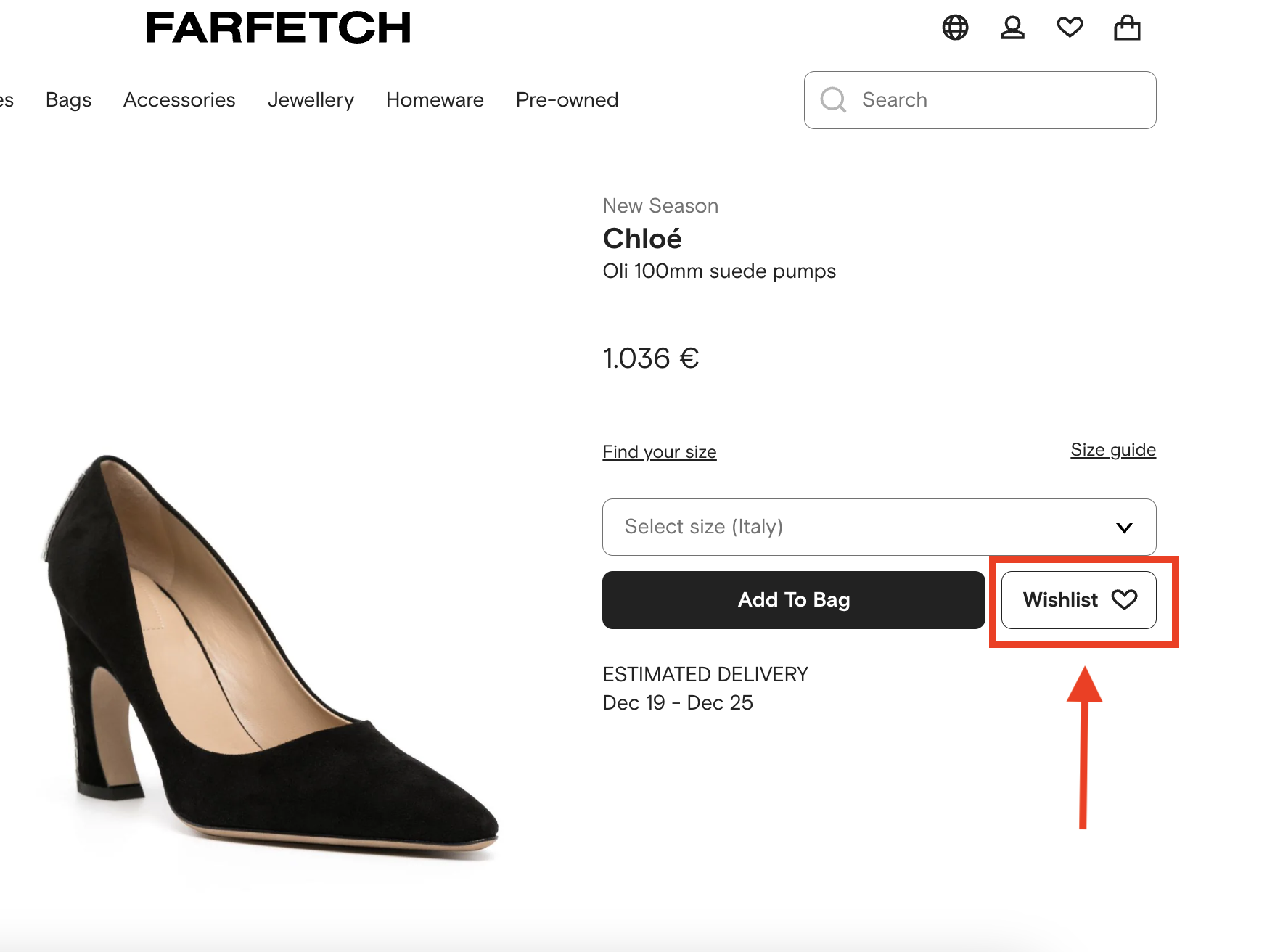
A wholesale supplier is a business that offers services or sells products in bulk to other businesses.
In eCommerce, retailers often source their products from wholesale suppliers and then sell these to end-consumers.
Check out: Best wholesale clothing suppliers in the USA
A 301 redirect is a permanent redirect from one URL to another, meaning that the page has been permanently moved to a new location.
A 302 redirect is a temporary redirect that moves a webpage or entire site to a different URL for a short period.
A 404 error is an HTTP status code that indicates the server could not find the requested webpage. This usually occurs when a page has been removed, or if the URL is typed incorrectly.
A 505 gateway error is another HTTP status code that occurs when the server refuses or is unable to process a request.
As a dropshipping beginner, acquiring a comprehensive understanding of eCommerce terminology is vital for your growth and success.
Familiarizing yourself with these terms enables you to communicate effectively within the industry and become ready to open your own dropshipping business.
So, invest some time in skimming these terms once in a while and watch your dropshipping knowledge thrive!
What is dropshipping?